Why should participants introduce themselves at the beginning of a training session? Let me count the reasons:
- They can relax and feel comfortable because they know who else is in the room.
- They can feel valued as individuals.
- They can begin to feel part of a learning community.
- They can identify other participants with whom they share interests or backgrounds.
- The introductory activity primes them to participate during the program.
- The facilitator can learn something about the participants that may make it easier to tailor the content to meet their needs.
- It is a common courtesy that is expected in social settings.
- It does not have to take much time.
- It can get participants out of their seats.
- It can be a fun way to start a training session.
With smaller groups of 15-25, a quick Koosh ball toss in which the participants state their name, work title, company, and years in their profession can be completed in approximately 10 minutes or less. The fun comes in having them stand up until they’ve had a chance to introduce themselves- and in giving them the direction to throw the Koosh to someone who is looking at them, with the caution not to whap anyone on the back side of the head or dunk the Koosh in any open drink!
The issue, of course, has to do with larger groups of 35, 50, or 100+. Sometimes, the best we can do is a two part approach. First, ask a few common ground questions to identify necessary basic information relevant to the group and to the program content: “How many of you work in x industry?” or “How many of you have experience with this software?”As we’ve mentioned before in regard to common ground questions, you keep asking questions until everyone has had a chance to raise their hand.
Second, have the participants briefly introduce themselves, either to the folks at their table or those seated in their immediate vicinity if the room is an auditorium.
Does anyone have some quick, easy, and interesting ways to handle participant introductions with larger groups? Please send them in and we’ll print them in the next Tip. Thanks!
Two weeks ago, we debunked the myth that administrative and housekeeping matters should always be covered at the very beginning of a training session. I asked folks to send in the creative ways they handle administrative and housekeeping details, so they do not get addressed at the beginning of the session or they take very little time. Lois Walton of Hazelden Springbrook sent in this wonderful suggestion:
The most effective and creative handling of such details I’ve seen was at a Bob Pike Boot Camp. The details were printed on a flip chart page, then taped to the floor where everyone entered the meeting. All participants noticed and read the sheet since they had to cross it to get into the room. It created much discussion. It also enabled us to take care of those details (like turning off cell phones) before the meeting actually started.
Our thanks to Lois for bringing this technique to our attention and to Bob Pike and his staff for the idea itself!
Last week, we debunked the myth that participant introductions at the beginning of a training session are unnecessary. Beth Tomlinson of WPSIC had this to say:
Occasionally, I have had trainees or workshop participants tell me they are terrified of the introduction process because they are afraid they will have to sing their favorite childhood song or imitate their favorite zoo animal. (I’ve had to do both) Generally, these are the veterans of the workshop circuit. They have already been the victims of the-wackier-the-better one-upmanship many facilitators practice when it comes to introducing themselves and the group. What is supposedly designed to get folks to relax and break down barriers may actually do just the opposite for a majority of the group. How can I concentrate on that other person talking when I know my turn is coming up and I can’t remember the line that comes after “Jeremiah was a bullfrog… was a good friend of mine”?
Anyway, enough about that. I guess I just wanted to share that little tidbit. The REAL reason I am writing is to tell you of an introduction strategy I use for groups of 5-25 people that helps provide some insight into each person and allows participants to ease out of the “my turn” panic mode so they can concentrate on what is being said by others. Rather than give them a list of things to recite, I conduct mini-interviews, asking each person essentially the same questions and following up on the answers. Of course, I ask each person the usual questions such as their name and what brought them to this training, but then I throw in one other question, per person, meant to give the whole thing a more conversational tone. A list of example questions:
What kind of vehicle do you drive? I follow up with, “Why did you buy that vehicle?” (It was cool; I need a van for the kids; I liked the color; It was in my price range, etc.)
What is your favorite season of the year? I follow up with, “What makes that time so special?” (Spring meant school was almost out; I love the fall colors, etc.)
You are given an impromptu day off (a snow day); what are you going to do with it? (Clean my house; sleep all day; Rent videos and veg out; Go shopping, etc.)
Snowstorm or Thunderstorm, which is your favorite? (Thunderstorm because it is exciting and I don’t have to shovel; Snowstorm because I can go skiing, etc.)
Each answer to these questions gives me some insight into the folks I am working with and allows everyone to relax and possibly identify similarities within the group.
Beth, thank you for the suggestions about what to AVOID in introductions as well as quick and creative ways to introduce folks to each other!
This week, we debunk the myth that experiential and interactive training activities are costly.





